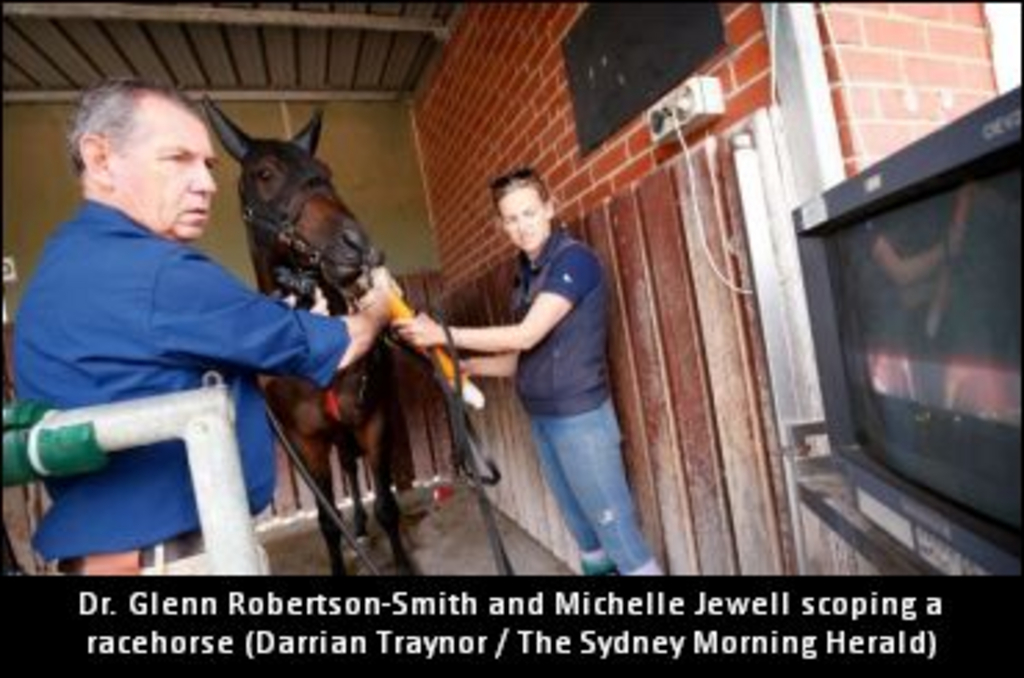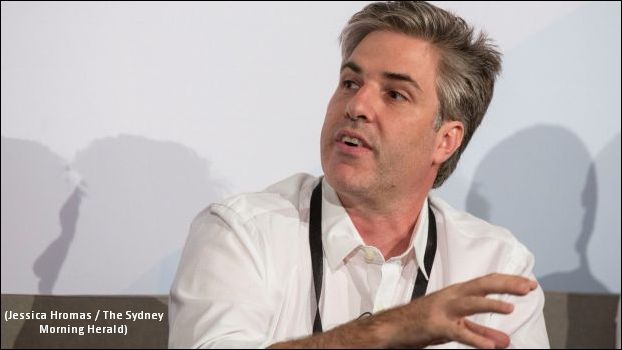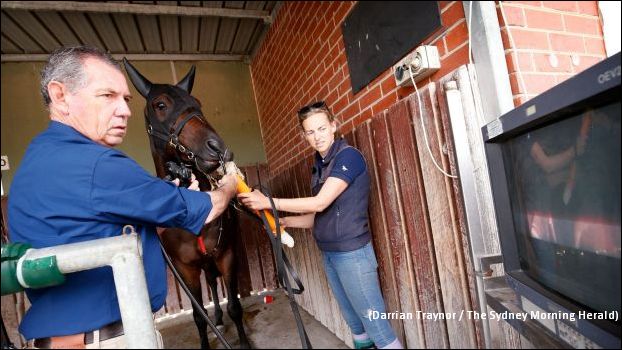
An Australian biotech company has developed a new technology that some Down Under are trumpeting as a game changer for the horse racing industry.
According to an article by The Sydney Morning Herald, former Monash University aeronautical engineer Dr. Andreas Fouras has developed technology – branded ‘4Dx’ – that has the ability to produce a three-dimensional image of a horse’s lungs as they inflate and deflate over a course of time.
To this point, the technology has mainly been used for the early detection and monitoring of cystic fibrosis in humans. The images that the 4Dx captures are ultimately inputted to a computer program that has the ability to assess the airflow in the lungs via an algorithm.

Dr. Andreas Fouras (Photo courtesy Jessica Hromas / The Sydney Morning Herald)
The team behind 4Dx is eagerly trying to bring the technology to the Down Under horse racing industry. Early discussions that have involved leading Down Under equine veterinary surgeon Dr. Glenn Robertson-Smith have taken place, and there is currently a push which could result in a prototype machine being set up at the Cranbourne Racing Club training centre.
"Bleeding or exercise induced pulmonary haemorrhage is a big problem in racehorses, with some studies showing the incidence being as high as 70 per cent of the racehorse population,” Dr. Robertson-Smith has been quoted as saying.
"If we were able to understand the disease, how or when it occurs and how it responds to treatment or training, then we could manage affected horses much better."

Dr. Glenn Robertson-Smith and stablehand Michelle Jewell pictured scoping the lungs of a racehorse (Photo courtesy Darrian Traynor / The Sydney Morning Herald)
The Sydney Morning Herald article states that the technology has the possibility of being able to diagnose possible changes to a horse’s lungs within hours. Dr. Robertson-Smith has also said that the technology could have the ability to predict lung capacity and function in horses, which could be another tool in helping determine the possible future success of yearling horses.
(With files from The Sydney Morning Herald)

